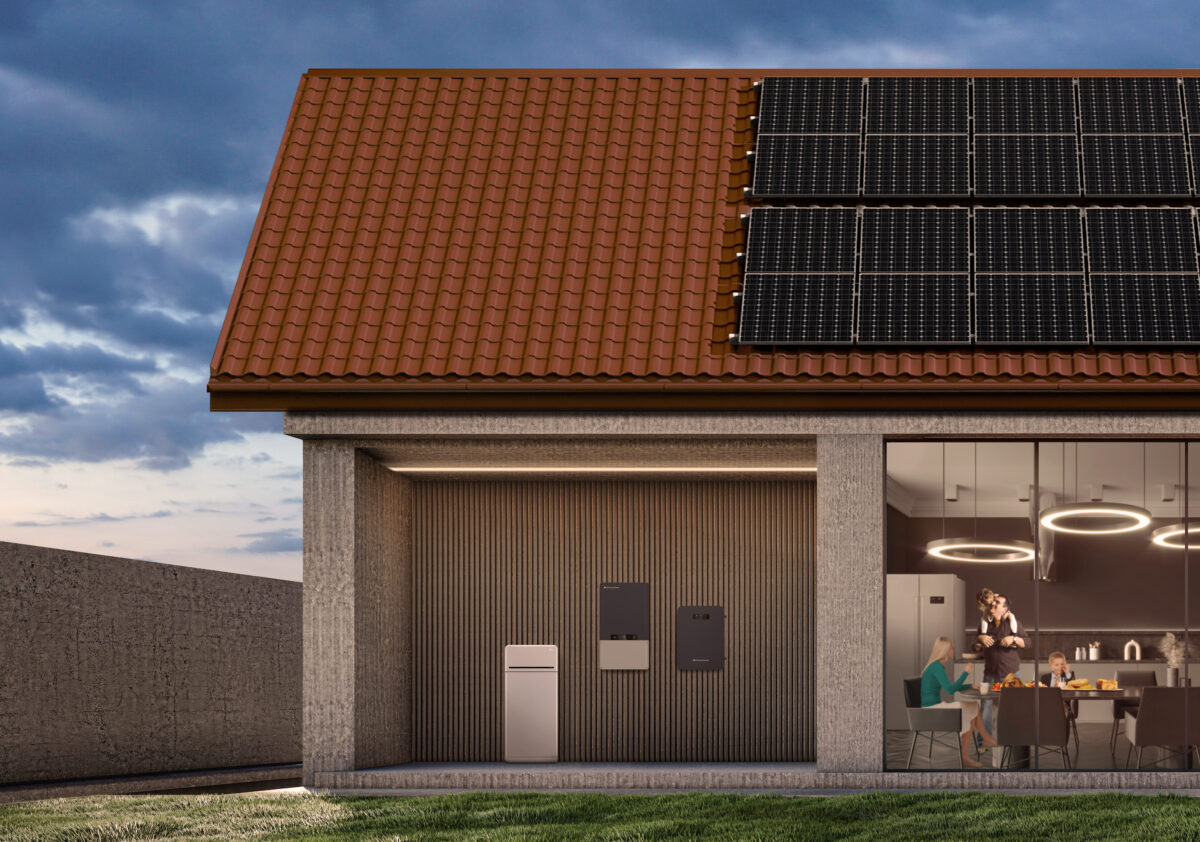With investment and production tax credits for clean energy production, storage, and electrification, the IRA is generating an influx of funds into the clean energy industry, supercharging market demand and evolution. This situation creates a strategic business opportunity for solar installers to take advantage of the market to grow their companies. Not only will solar installation businesses be able to organically grow thanks to increased demand, they will also have a window of opportunity to expand their businesses into new distributed energy resources (DERs) that have not traditionally been part of their offering.
At the frontline of the “electrify everything” movement, solar installers are uniquely positioned as trusted advisers to households on the installation of other DERs such as heat pumps, water heaters, smart electrical panels, and smart thermostats. As many solar installers have already added electric vehicle (EV) chargers and battery energy storage systems to their service offering, this provides another opportunity for installers to increase the average revenue per system through add-on products. In addition to net new sales, retrofitting previous solar customers with newly electrified appliances is another sales prospect.
Market potential
With 120 million households across the U.S. and the average household having the potential to receive $10,600 in tax credits to fully electrify, according to lobby group Rewiring America, there is $1.27 trillion of federal funds available. Solar installers that can quickly transition to smart energy installers with early training of sales teams and installation crews could be ideally positioned to take advantage of these federal funds and establish themselves as market leaders. This could prove crucial as the market evolution accelerates and potentially consolidates. At the same time, national solar installers may decide it is more efficient to partner or merge with large or local specialized electricians, such as heating, ventilation and air conditioning installers to capture this market opportunity.
These dynamics could also lead to a significant amount of market consolidation in other parts of the value chain, especially upstream. Distributors may need to expand the products and training offered and this could lead to new competition between solar-dedicated distributors and more general electrical appliance distributors.
Meanwhile, solar manufacturers, like inverter companies that have been expanding into the smart energy space, could benefit from expanding their product lines into heat pumps, smart thermostats, and other DERs, which could all be smartly managed by the inverter. While this could happen through internal research and development, it might be more likely to occur via mergers and acquisitions due to competition and time pressures.
Such consolidation could lead to solar manufacturers evolving into full smart energy companies that would compete with the likes of industry giants such as Bosch or General Electric. It is worth noting that these diversified conglomerates potentially also have plans to adapt their business strategies to take advantage of the expected, massive market potential created by the IRA.
While the US solar market is relatively immature, compared to Germany or Japan, it has experienced many transformations during its evolution. However, the impact of the IRA on the US solar market is unprecedented in both breadth and depth. The market has the potential to face both expansion and consolidation and only the fittest and fastest to adapt will survive.

Jessica Fishman is a strategic marketing professional with nearly 20 years’ experience, including seven years as head of global public and media relations at inverter maker SolarEdge. Passionate about addressing climate change by accelerating the clean energy transition, she has worked at leading renewables companies, building marketing and communications departments.
The views and opinions expressed in this article are the author’s own, and do not necessarily reflect those held by pv magazine.
This content is protected by copyright and may not be reused. If you want to cooperate with us and would like to reuse some of our content, please contact: editors@pv-magazine.com.








By submitting this form you agree to pv magazine using your data for the purposes of publishing your comment.
Your personal data will only be disclosed or otherwise transmitted to third parties for the purposes of spam filtering or if this is necessary for technical maintenance of the website. Any other transfer to third parties will not take place unless this is justified on the basis of applicable data protection regulations or if pv magazine is legally obliged to do so.
You may revoke this consent at any time with effect for the future, in which case your personal data will be deleted immediately. Otherwise, your data will be deleted if pv magazine has processed your request or the purpose of data storage is fulfilled.
Further information on data privacy can be found in our Data Protection Policy.